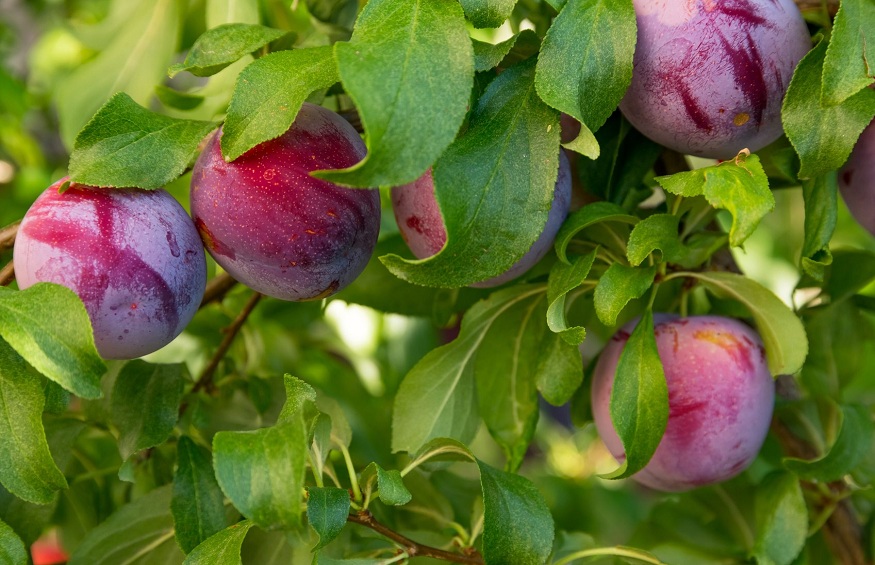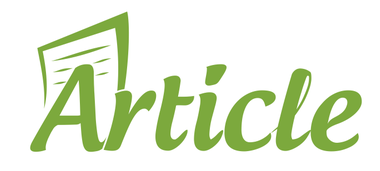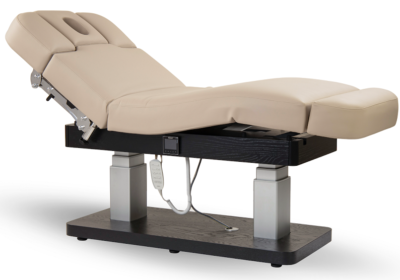
Instructions to Fertilizer Your Fruit Trees
Organic product trees need great sustenance to develop and deliver a bountiful collection, actually like vegetables, blossoms, and different plants. In our accommodating video, Tricia clarifies if, when, and the amount to treat your natural product trees. Or then again continue to peruse here to become familiar with the Easy Steps for treating your organic fruit trees. If you buy fruit trees online, don’t forget to check the fertilizer instructions mentioned in the description for the proper fertilization.
Stage One: Know When to Fertilize
There IS a good and bad ideal opportunity to prepare your trees.
Not long before bud break is an ideal time. This is the point at which your trees are starting their yearly development cycle and “eat” the most food.
You can treat as long as a month prior to this, or on the off chance that you’ve missed the best second and the trees have effectively started to sprout, you can in any case prepare until June.
Try not to prepare in pre-fall or fall, however, on the grounds that the new development put on by the tree can be harmed by ice. In the event that you’ve stood by past the point of no return in the year and still need to take care of your trees, you can mulch them with manure and top-dress with delicate stone phosphate; nonetheless, you ought to keep away from all nitrogen composts.
Stage Two: Measure to Decide on the off chance that You Need to Fertilize
Not all-natural product trees need compost each year and they needn’t bother with it in similar sums. This can change from one year to another contingent upon an assortment of elements, so make certain to quantify yearly.
What will occur if an inaccurate measure of manure is given?
An excess of compost will prompt bunches of leaves and shoots and not a great deal of natural product. It could even make your trees frail from too-fast development, gambling broken branches later in their life.
Too little manure can cause moderate development and under-execution, so you don’t get as much organic product as you need at gather time. Not treating organic product trees filled in helpless soil can even prompt supplement insufficiencies, chronic weakness, and trees that are less ready to ward off infections and irritations.
Fortunately, organic product trees are very acceptable at mentioning to you what they need. All you need is a measuring tape and a couple of moments of your time. Make certain to take your estimations in the colder time of year or late winter while it is torpid before the tree begins developing again for the new season.
Steps in Measuring the Previous Year’s Growth
First–find last year’s development rings. The development ring is the point on the branch where the tree began filling in the past season. The freshest development that you will gauge is regularly an unexpected shading in comparison to the remainder of the branch.
Second–measure from the development ring that full distance to the furthest limit of the branch. Rehash these estimations at a few spots around the tree.
Third–ascertain the normal of these estimations. This is the last season’s “yearly development” of the tree.
Rehash this progression for every one of your trees. Regardless of whether you have a few trees of a similar assortment and age, they might not have developed at a similar rate and in this manner have distinctive manure needs. Note–on the off chance that you have pruned your tree altogether more than ordinary, so that you’ve taken out more than 20% of its shelter inside the last year, don’t prepare until the following year.
Check the Chart to Evaluate Growth
At long last, utilize this outline to assess your tree’s yearly development. In the event that the tree’s development rate is at the low finish of, or beneath, yearly objective development, then, at that point, you ought to prepare the tree this year. On the off chance that your tree’s development rate is at the high finish of, or over, the yearly objective development rate, you don’t have to prepare this year (however measure again one year from now in the event that that changes!).
Peaches and nectarines–non-bearing youthful trees ought to grow 18″- 24″, develop bearing trees ought to grow 12″- 18″.
Apples and pears–non-bearing youthful trees ought to grow 18″- 30″, develop bearing pears and non-prod type apples ought to grow 12″- 18″.
Bearing spike apples ought to grow 6″- 10″.
Plums and sweet cherries–non-bearing youthful trees ought to grow 22″- 36″, develop bearing trees ought to grow 8″.
Tart cherries–non-bearing youthful trees ought to grow 12″- 24″, bearing adult trees ought to grow 8″.
Stage Three: Choose the Right Fertilizer
Natural product trees incline toward natural, high nitrogen manure.
Blood feast, soybean supper, treated the soil chicken compost, cottonseed dinner, and plume dinner are for the most part great, natural nitrogen sources.
There are likewise uncommonly figured natural product tree manures.
Notwithstanding nitrogen, your tree needs other full-scale and micronutrients as well. Adding fertilizer when you prepare is a decent method to give natural matter and minor elements. Azomite or Cascade Remineralizing Soil Boost are acceptable wellsprings of minor elements.
A dirt test can disclose to you whether you need to add more phosphorus, potassium, and different supplements.
Stage Four: Calculate how Much Fertilizer to Use
More isn’t in every case better with regards to preparing your organic product trees. Since you realize that your tree needs compost, and have picked the ideal manure to utilize, you’ll need to decide the right add-up to use on each tree.
For those of us who didn’t dominate in math—dread not—we will walk you through the compost estimations.
The measure of compost you will utilize is determined dependent on the age or size of the tree, and the nitrogen esteem on the bundle.


















